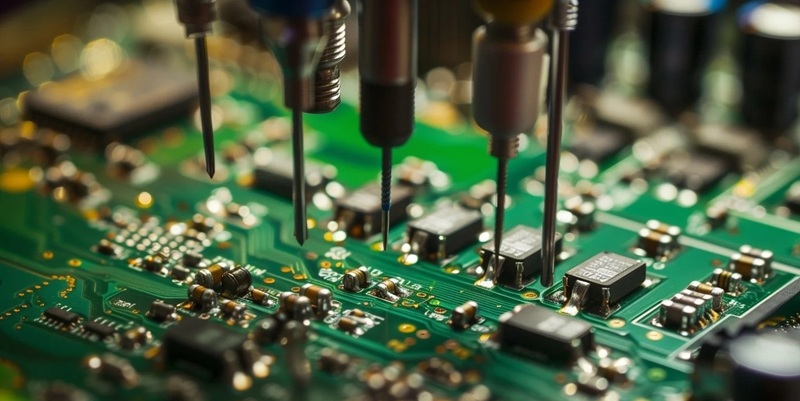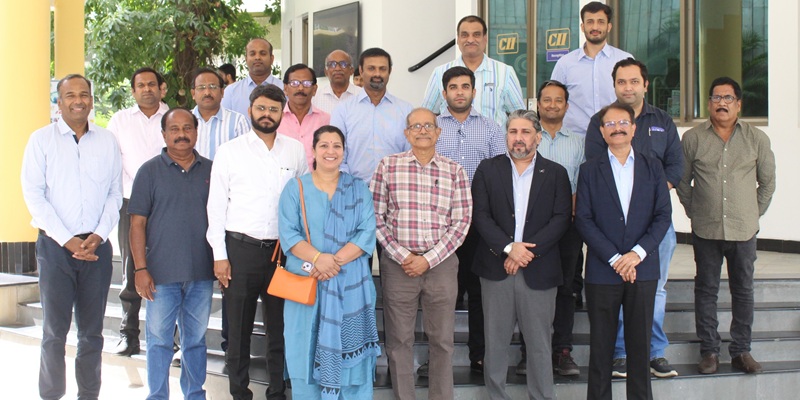Schedule a Call Back
Auto forging: Looking for a technological renaissance
 Articles
Articles- Jun 01,19
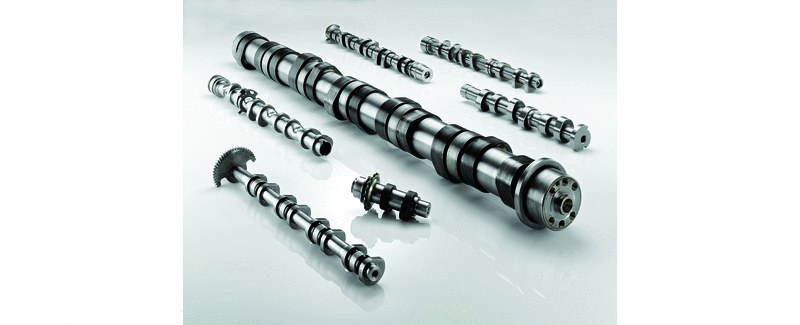
Related Stories

Capex cycle likely to be back, but...
According to The Economic Times report, listed Indian corporates reported record reserves and surplus of Rs 66.04 trillion as of March 31, 2021, up 17 per cent from Rs 56.48 trillion as of March 31,..
Read more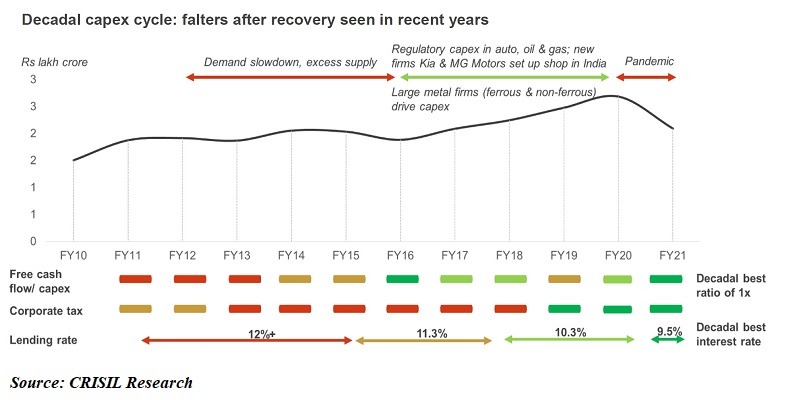
Industrial investments in India to rise 30% in FY22-24: CRISIL
Without PLI scheme, capex would have likely taken nearly two years to touch pre-pandemic levels, says CRISIL Research. PLI holds the potential to generate Rs 2.2 lakh crore worth of capex over the s..
Read more
Auto forging: Looking for a technological renaissance
India is lagging behind in terms of innovation and the country is still dependent on foreign machines to manufacture forgings.
Read moreRelated Products
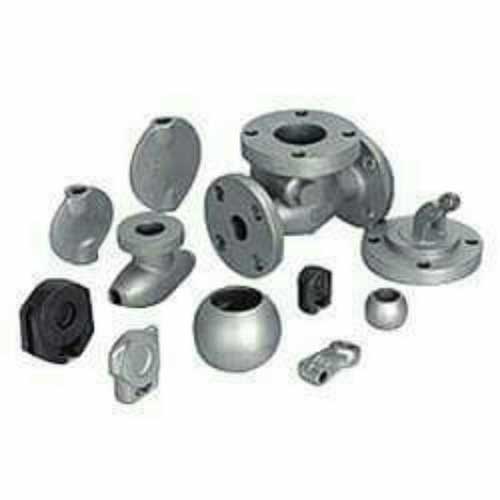
Auto Casting Components
Micro Melt offers a wide range of auto
parts casting components.
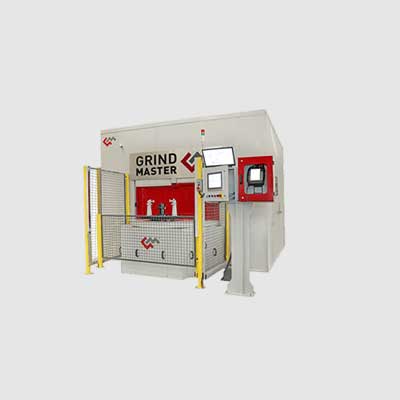
Robofinish Iron Casting Fettlingrcf
Grind Master Machines Pvt Ltd offers a wide range of robofinish iron casting fettling CF-HD series.
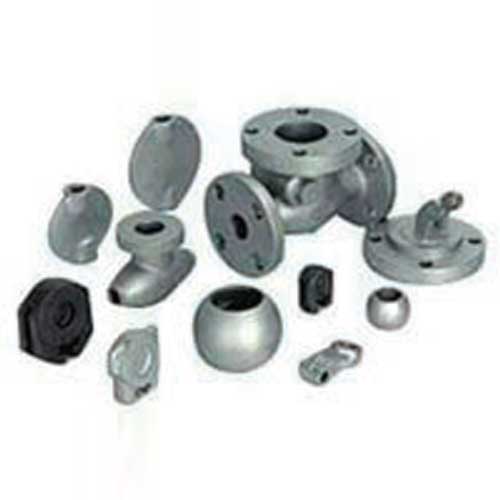
Casting Components
Micro Melt offers a wide range of auto parts casting components. Read more






